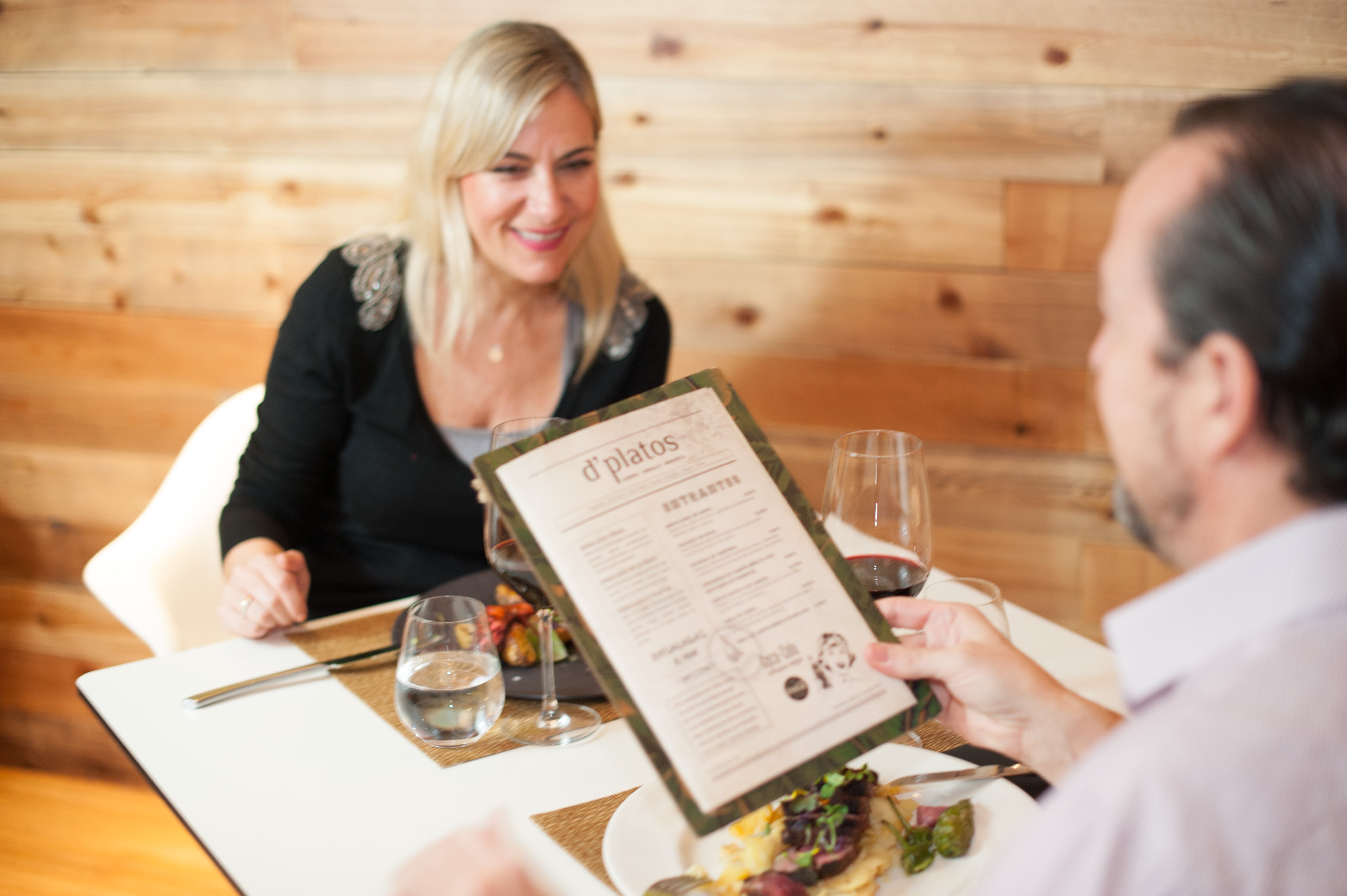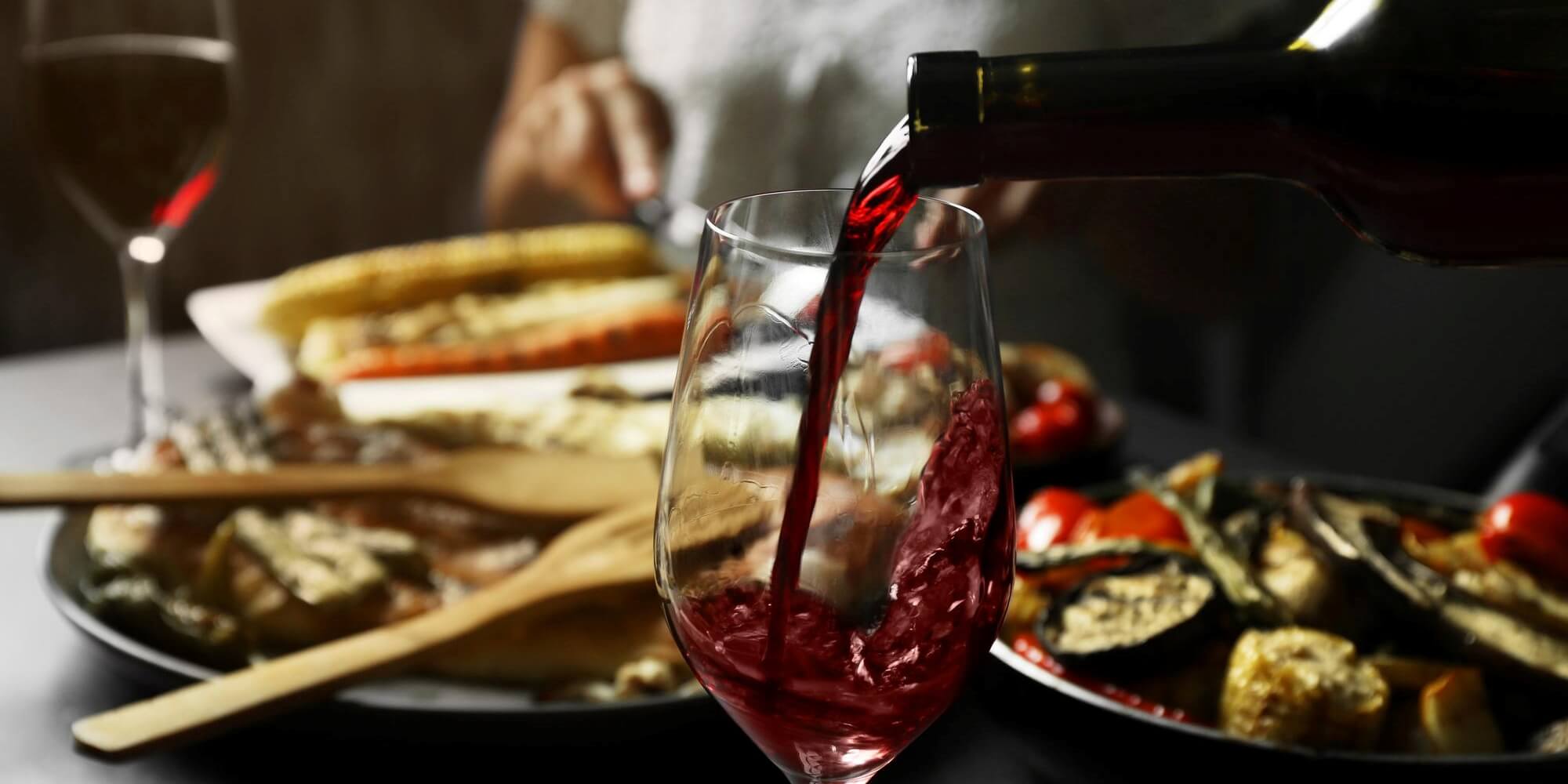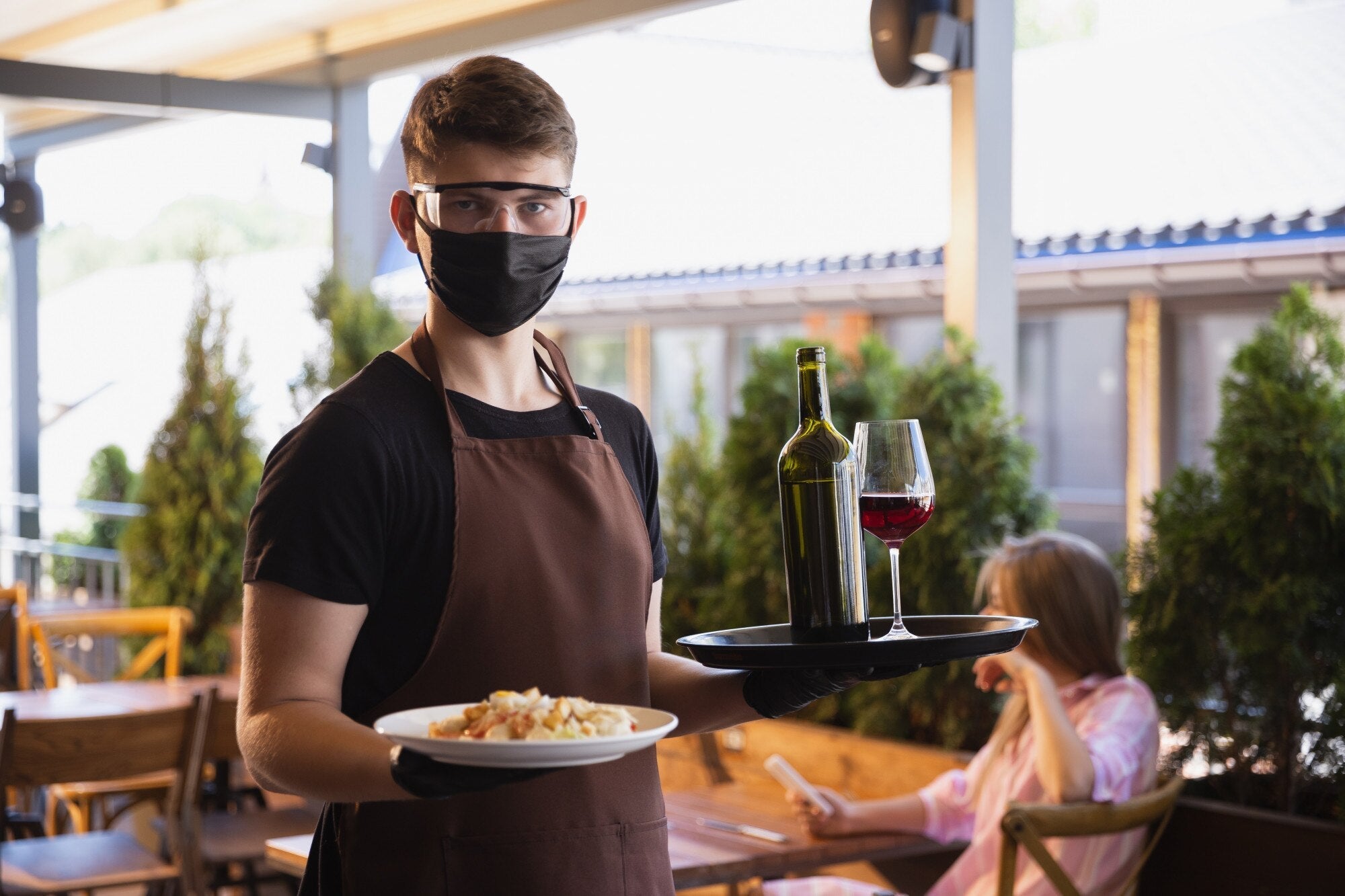
What is a Prix Fixe Menu? How to Create One?
Prix fixe menus have transformed from exclusive fine dining experiences into versatile tools for restaurants of every calibre. These fixed-price offerings bundle multiple courses into compelling packages that benefit both restaurateurs and diners. Originally developed by legendary chef Auguste Escoffier in the late 1800s, prix fixe dining has evolved to meet modern restaurant challenges. Today's operators use these curated experiences to boost profits, showcase seasonal ingredients, and create memorable dining moments. Whether planning a romantic Valentine's dinner or launching a weekly tasting experience, prix fixe menus deliver operational efficiency alongside enhanced customer satisfaction.
Key Takeaways
- Prix fixe menus offer complete meals at fixed prices, typically featuring 2-4 courses.
- They boost revenue predictability whilst streamlining kitchen operations.
- Perfect for special occasions, quiet periods, and showcasing chef expertise.
- Success requires careful cost calculation and strategic ingredient selection.
- Effective marketing and professional presentation drive customer interest.
Understanding Prix Fixe Menus
What is prix fixe? Prix fixe (pronounced "pree-fix") is French for "fixed price" - a multi-course meal offered at a set rate, typically including appetiser, main course, and dessert.
The term emerged when Auguste Escoffier revolutionised restaurant dining at Monte Carlo's Grand Hotel. His wealthy clientele often struggled with complex French cuisine choices, so Escoffier created predetermined meal combinations. This innovation allowed guests to experience expertly paired dishes without navigating overwhelming menus.
Modern prix fixe menus extend far beyond their aristocratic origins. Neighbourhood bistros use them for weeknight specials. Casual restaurants create seasonal celebrations. Even fast-food chains employ similar concepts through combo meals.
These menus typically feature two to four courses, though some establishments present ten or more. Each course usually offers limited choices - perhaps three appetisers, four mains, and two desserts. This structure provides variety without overwhelming decision-making.
Successful strategies for crafting menus consider flavour relationships carefully, ensuring each course enhances the overall experience.
Prix Fixe vs À La Carte: What's the Difference?
Key differences between prix fixe and à la carte dining:
Prix Fixe Characteristics:
- Pre-set courses with limited choices
- Fixed pricing regardless of selections
- Chef-curated flavour combinations
- Streamlined ordering process
- Enhanced value perception
À La Carte Features:
- Individual item selection
- Variable pricing based on choices
- Complete customer control
- Extensive menu options
- Personalised dining experience
À la carte dining puts customers in charge, allowing complete customisation. Prix fixe menus flip this dynamic - chefs assume control, presenting carefully orchestrated experiences. Customers surrender choice in exchange for professional guidance and perceived value.
Pricing psychology differs significantly. À la carte totals accumulate gradually, making final costs less predictable. Prix fixe presents upfront commitments, which can seem substantial initially but often deliver better value.
Why Create a Prix Fixe Menu?
Restaurant operators embrace prix fixe menus for compelling business and creative reasons. Revenue predictability tops the list - knowing exact per-person spending enables accurate forecasting and strategic planning.
Operational efficiency follows closely. Limited menu items mean focused purchasing, reduced inventory complexity, and streamlined prep work. Kitchen staff master fewer dishes, improving consistency and speed.
Creative expression flourishes within prix fixe structures. Chefs showcase technical skills through course progressions, highlight seasonal ingredients, and tell culinary stories.
KyivWorkshop understands how professional presentation amplifies prix fixe success. Quality materials and thoughtful design communicate the elevated experiences these menus promise.
Brand differentiation represents another advantage. Prix fixe menus signal sophistication and culinary confidence, positioning establishments as destination dining rather than convenience options.

Benefits of a Prix Fixe Menu
Restaurant Benefits
Cost control becomes remarkably precise. Operators calculate exact food costs per guest, enabling accurate profit projections. Inventory management simplifies when focusing on specific ingredients rather than supporting extensive à la carte options.
Kitchen efficiency improves dramatically. Prep work becomes systematic and predictable. Service speeds increase when staff master limited dish combinations. Quality consistency improves through repetition and focus.
Revenue optimization happens naturally. Prix fixe pricing often exceeds typical à la carte spending whilst maintaining strong value perception.
Customer Benefits
Value perception remains exceptionally strong. Complete meals often cost less than equivalent à la carte selections. Diners discover new dishes they might never order individually.
Experience quality typically exceeds expectations. Professional course selection ensures flavour harmony and proper meal progression. Social dynamics improve at group tables when everyone receives comparable experiences.
When to Offer Prix Fixe Menus
Strategic timing maximises prix fixe menu impact and profitability.
Holiday Celebrations:
- Valentine's Day romantic packages
- Mother's Day brunch experiences
- Christmas Eve traditional menus
- New Year's Eve celebration dinners
Regular Programming:
- Weeknight traffic building
- Sunday supper traditions
- Restaurant Week participation
- Pre-theatre dining packages
Market conditions also influence timing decisions. Slow periods benefit from prix fixe promotions that drive traffic and spending. Busy seasons might use prix fixe to streamline operations whilst maintaining service quality.
How to Create a Prix Fixe Menu
Planning Phase
Theme selection drives everything else. Seasonal themes celebrate ingredient availability. Cultural themes explore regional cuisines or holiday traditions. Course structure requires careful consideration - two courses suit casual concepts, three provide classic progression, four courses create elaborate experiences.
Menu Development
Dish selection balances familiar comfort with exciting discovery. Include one popular item per course to reassure hesitant diners. Consider ingredient costs carefully - expensive proteins in one course might balance with economical vegetables in another.
Flavour progression creates memorable experiences. Light appetisers awaken palates. Substantial mains satisfy hunger. Desserts provide sweet conclusions without excessive richness.
Pricing Strategy
Cost calculation starts with the most expensive possible combination. Apply your target food cost percentage to determine minimum pricing. Even loss-leader combinations should cover direct costs.
Pricing Your Prix Fixe Menu
Fixed menu pricing requires systematic cost analysis to ensure profitability.
Calculate the highest-cost scenario first. If your three-course menu's most expensive combination costs £24 ingredients with a 30% target food cost, your minimum prix fixe price should be £80.
Market research validates your pricing approach. Prix fixe menus typically command 10-20% premiums over equivalent à la carte totals whilst maintaining strong value perception.
Psychological pricing influences customer behaviour. Ending prices with 5 or 9 appears more affordable than round numbers. Multiple price tiers provide choice whilst encouraging upselling.
Prix Fixe Menu Design and Presentation
Professional presentation elevates prix fixe menus from simple meal deals to memorable dining experiences.
Layout clarity prevents confusion and speeds decision-making. Group courses clearly with consistent formatting. Use descriptive language that excites without overwhelming.
Quality menu covers protect printed materials whilst reinforcing brand identity. Wooden covers suggest rustic authenticity, leather implies sophistication, and custom engraving adds personal touches.
Digital presentation offers flexibility advantages. QR code displays enable touchless viewing whilst allowing real-time updates.
Essential Design Elements:
- Clear course progression indicators
- Ingredient highlights for allergies and preferences
- Price transparency with no hidden costs
- Chef signatures or restaurant story elements
Dietary information deserves prominent placement. Use consistent symbols for vegetarian, vegan, and gluten-free options.
Marketing Your Prix Fixe Menu
Social media campaigns showcase complete experiences rather than individual dishes. Instagram stories can follow meal progressions. Email marketing reaches existing customers with exclusive previews.
Promotional Strategies:
- Limited-time urgency messaging
- Early bird booking discounts
- Group reservation incentives
- Wine pairing upgrade offers
Staff training ensures consistent messaging and confident recommendations. Servers should understand ingredient sourcing, preparation methods, and wine pairing suggestions.
Partnership opportunities multiply reach. Collaborate with local wineries for pairing events. Work with food bloggers for authentic reviews.
Common Prix Fixe Menu Mistakes to Avoid
Pricing mistakes top the failure list. Calculate every scenario carefully, including labour costs and profit requirements. Limited dietary options alienate potential customers - modern diners expect alternatives.
Poor staff preparation creates service failures. Kitchen staff require training on portion control and timing coordination. Inventory management errors create costly waste or embarrassing shortages.
Prix Fixe Menu Examples and Inspiration
Casual Bistro Example: A neighbourhood French bistro might offer a £28 three-course dinner featuring French onion soup or mixed greens, coq au vin or steak frites, and crème brûlée or chocolate mousse.
Seasonal Menu: An autumn celebration might present roasted butternut squash soup, pan-seared duck breast with root vegetables, and spiced pear tart with vanilla ice cream.
Holiday Package: Valentine's Day prix fixe dinner for £75 per couple includes champagne reception, choice of lobster bisque or beetroot carpaccio, beef tenderloin or halibut, and chocolate soufflé.




Leave a comment
This site is protected by hCaptcha and the hCaptcha Privacy Policy and Terms of Service apply.